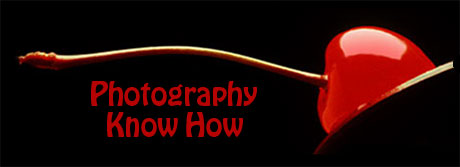Buying a digital camera can be a lot of fun but it can also quickly get confusing. With so many makes and models to choose from, how do you decide which camera is the best one for you?
How Will You Use Your Digital Camera?
This is one of the most important questions you should ask yourself.
Knowing the kind of pictures you want to take can help you choose from the many types of digital cameras that are available.
The way you use your camera will help you decide the importance of size and weight, which features you need, how many megapixels to get and how much money you should expect to spend.
Let’s begin with size.
Even though digital cameras are pretty small and compact compared to most film cameras, there is still a wide selection of sizes and weights from ultra compact pocket sized cameras to the bulkier and heavier high end models.
Ultra Compact
Perhaps you’d like a camera you can stick in your pocket or purse so it’s always handy. Ultra Compact digital cameras are a great choice for photographers on the go. Even though they may not give you all of the manual controls larger models offer, these ultra compact cameras still provide you with quality pictures.
Ultra compacts range in price from as low as $100 to as high as $500. Even when price is a factor you will still find a wide selection of choices. Their features may include zoom lenses, 3.0 to 7.1 megapixels, and some even offer a movie mode with sound.
Point and Shoot Simplicity
Maybe you prefer simplicity … no manual controls, just a point and shoot camera that gives you great pictures with minimal effort. Again, you have some excellent cameras to choose from and many will offer both beginners and more advanced photographers a lot of useful options.
While generally a little bulkier than the ultra compacts, point and shoot cameras can still be very easy to carry around. They range in price from less than $100 to as high as $400 or more. If you want to eliminate a lot of the guesswork and still get quality pictures then point and shoot models could be a your best choice.
Intermediate- Both Auto and Advanced Features
Ok, let’s say you really like the appeal of a point and shoot camera, but you also want to be able to do more advanced photography. Intermediate or so called ‘prosumer’ cameras give you the largest range of makes and models from which to choose.
These intermediate level digital cameras have a fully automatic operation (point and shoot) but also offer many of the advanced control features found on professional level digital cameras.
These cameras will run a little higher in price ranging from around $200 to as much as $700 – $900 for the high end models. They are also heavier and bulkier than the more compact digitals.
For photographers who want a camera that will allow them to advance their photography to a more professional level this is a good choice.
Professional Digital SLR (DSLR)
The next level would be the professional DSLR models. These cameras are designed for advanced amateurs and professional photographers and range in price from just under $1000 to $20,000 or more. Naturally, these cameras offer very sophisticated features and give the photographer a high level of control over all functions of the camera.
If you want a camera that you will give you professional quality photos, and price is not a factor, then a DSLR is a good choice to consider. Where complete control over all aspects of your photography is required, these cameras offer you the very best that digital can provide.
For Selection and Price Go Where the Pro’s Shop


Narrowing your choices down using the above broad categories is a start, but still leaves you with a large selection of possibilities. So the next step will be to look at some of the other factors that will influence your choice of which digital camera to buy.
Go to Step 2 – How Many Megapixels Do You Need?
Here’s to better photography …

Al Hannigan







